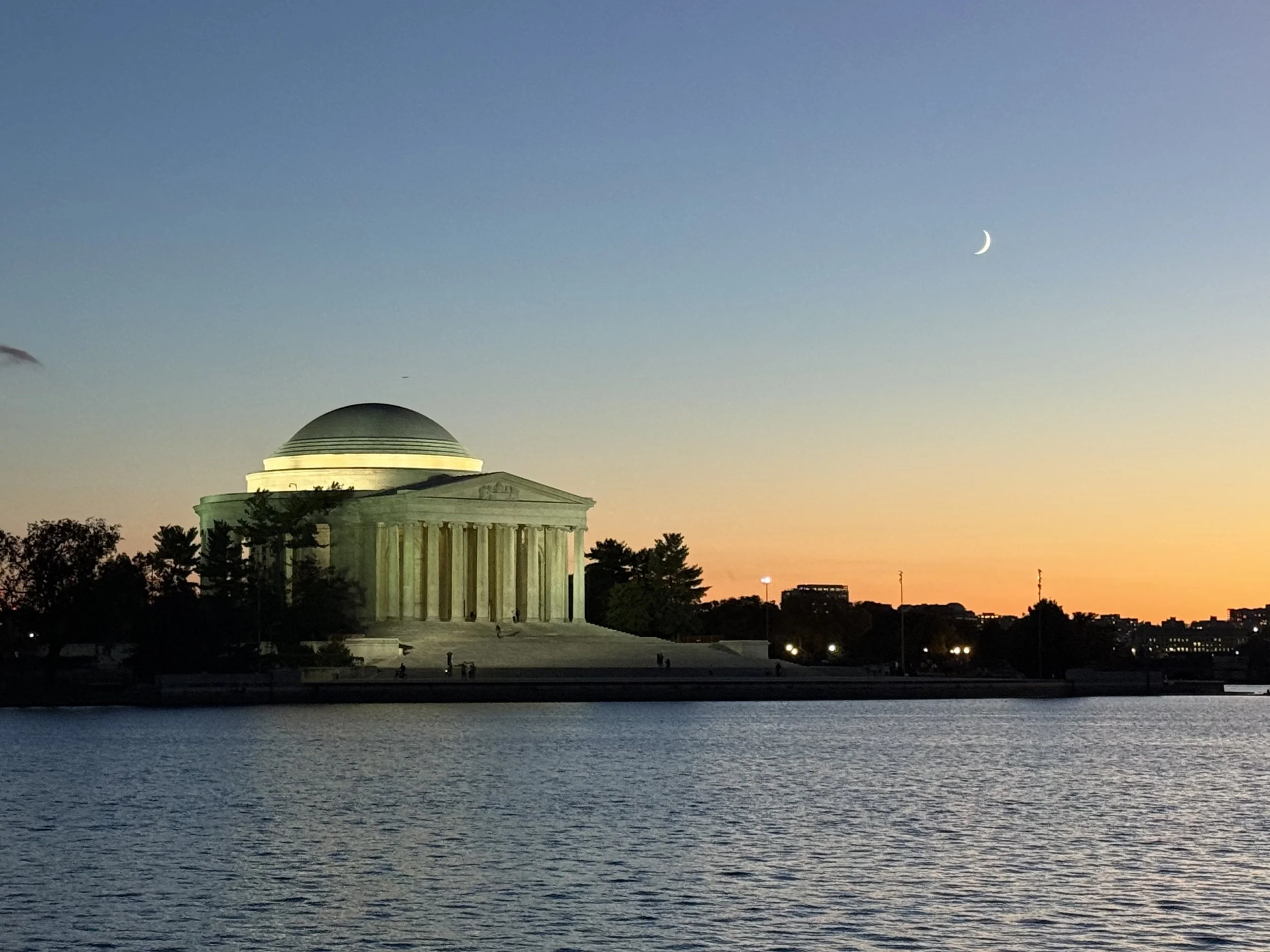Groundwater as a Point Source?
/The United States Supreme Court has agreed to hear oral argument this fall regarding whether the discharge of pollutants through groundwater requires a National Pollutant Discharge Elimination System (NPDES) permit. In County of Maui, Hawaii v. Hawaii Wildlife Fund, a Ninth Circuit Court of Appeals case, the court broadly construed the Clean Water Act (CWA) and held that discharges “fairly traceable from the point source to a navigable water” required a permit. This holding made waves because in the past, discharges which went through groundwater as a conduit have typically been considered non-point sources that do not require an NPDES permit. Instead, states or tribal governments regulated these discharges. The Ninth Circuit Court of Appeals would consider these indirect discharges to be point sources subject to CWA jurisdiction.
The case centers on the County of Maui’s wastewater treatment practices. Since the 1970s, Maui has injected treated wastewater into underground wells. Some of the treated wastewater ultimately reaches the Pacific Ocean. The Hawaii Wildlife Fund sued the county, arguing it was required to obtain a permit under the CWA for these discharges. Wells are point sources and the Pacific Ocean is a navigable water. But the treated wastewater in this case doesn’t go directly from the well to the ocean. It is conveyed through groundwater. The district court agreed and ruled against the county at the summary judgment stage. The Ninth Circuit affirmed the district court’s decision, holding that because the treated effluent was discharged from wells, which were point sources, and the wastewater was “fairly traceable” from the wells to the ocean (a navigable water under the CWA), these discharges were prohibited without an NPDES permit.
The EPA filed a brief with the Ninth Circuit in support of the Wildlife Fund, contending the EPA had jurisdiction over these indirect discharges. The agency reasoned that it had long considered pollution-via-groundwater to be subject to the CWA so long as there is a direct hydrological connection to a federal waterway. Then, after a new administration took over, the EPA changed arguments, and on April 15, 2109, issued an Interpretative Statement emphatically rejecting the "indirect discharge theory" of CWA jurisdiction over pollutant discharges into groundwater. The EPA pronounced that such groundwater discharges do not require a CWA Section 402 permit, regardless of whether the groundwater is hydrologically connected to bodies of surface water. The EPA explained “the Agency concludes that the CWA is best read as excluding all releases of pollutants from a point source to groundwater from NPDES program coverage, regardless of a hydrologic connection between the groundwater and jurisdictional surface water.”
On February 19, 2019, the Supreme Court agreed to hear argument in the Maui case, which will take place in the fall of 2019.




